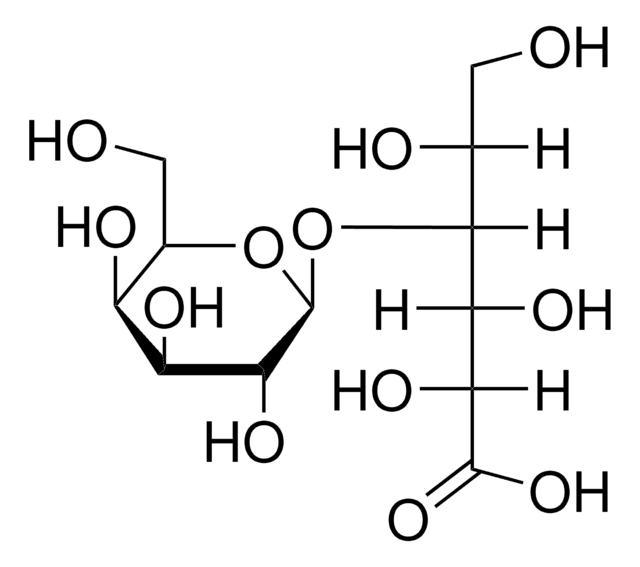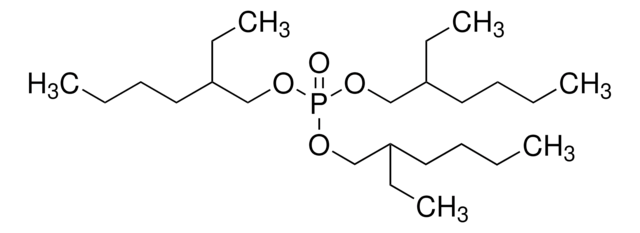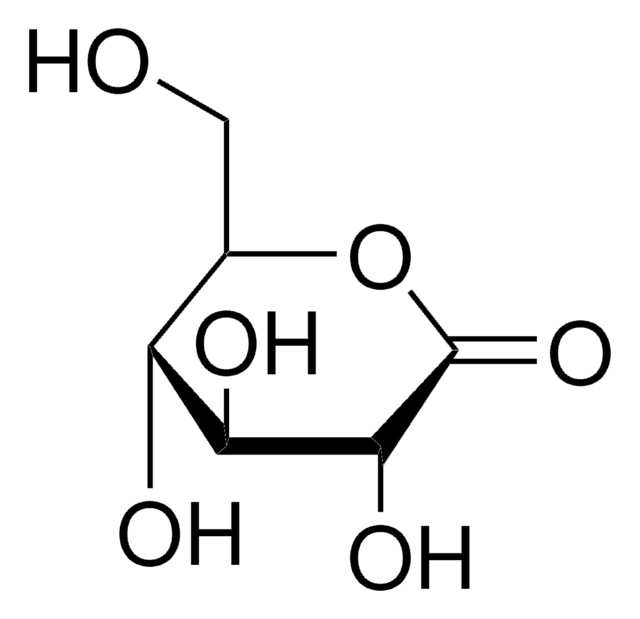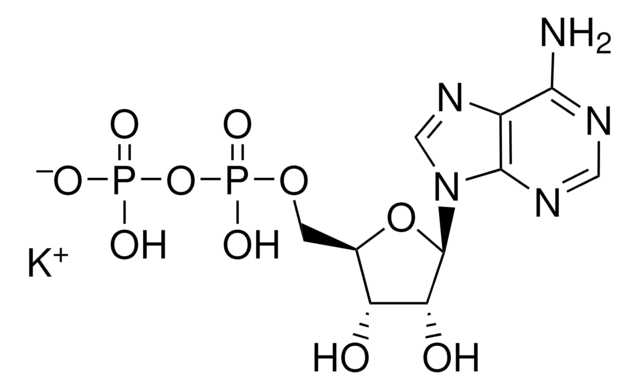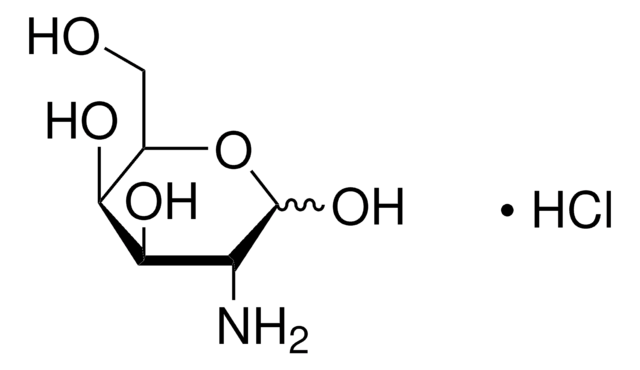Kluczowe dokumenty
153516
Lactobionic acid
97% (TLC)
Synonim(y):
4-O-β-D-Galactopyranosyl-D-gluconic acid
About This Item
Polecane produkty
pochodzenie biologiczne
synthetic
Poziom jakości
Próba
97% (TLC)
Formularz
powder or crystals
aktywność optyczna
[α]20/D +25°, c = 10 in H2O
kolor
white
mp
113-118 °C (lit.)
rozpuszczalność
5%, clear, colorless
temp. przechowywania
room temp
ciąg SMILES
OC[C@@H](O)[C@@H](O[C@@H]1O[C@H](CO)[C@H](O)[C@H](O)[C@H]1O)[C@H](O)[C@@H](O)C(O)=O
InChI
1S/C12H22O12/c13-1-3(15)10(7(18)8(19)11(21)22)24-12-9(20)6(17)5(16)4(2-14)23-12/h3-10,12-20H,1-2H2,(H,21,22)/t3-,4-,5+,6+,7-,8-,9-,10-,12+/m1/s1
Klucz InChI
JYTUSYBCFIZPBE-AMTLMPIISA-N
Szukasz podobnych produktów? Odwiedź Przewodnik dotyczący porównywania produktów
Zastosowanie
Inne uwagi
Kod klasy składowania
11 - Combustible Solids
Klasa zagrożenia wodnego (WGK)
WGK 1
Temperatura zapłonu (°F)
Not applicable
Temperatura zapłonu (°C)
Not applicable
Środki ochrony indywidualnej
Eyeshields, Gloves, type N95 (US)
Wybierz jedną z najnowszych wersji:
Masz już ten produkt?
Dokumenty związane z niedawno zakupionymi produktami zostały zamieszczone w Bibliotece dokumentów.
Klienci oglądali również te produkty
Nasz zespół naukowców ma doświadczenie we wszystkich obszarach badań, w tym w naukach przyrodniczych, materiałoznawstwie, syntezie chemicznej, chromatografii, analityce i wielu innych dziedzinach.
Skontaktuj się z zespołem ds. pomocy technicznej
